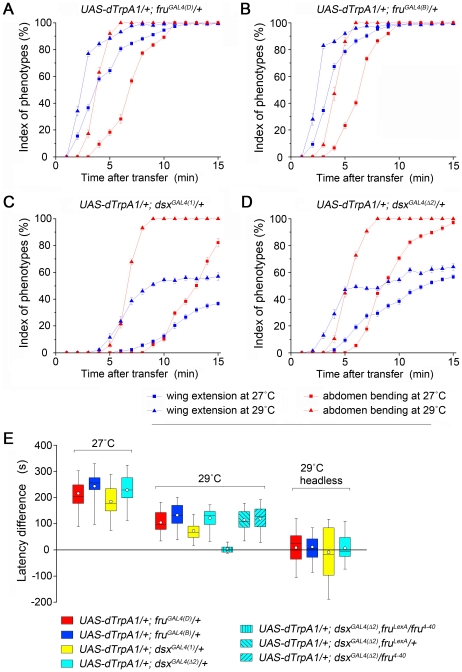Figure 2. The sequence of courtship events is maintained in dTrpA1-mediated courtship behaviors and dependent on FRUM.
Two prominent steps of courtship behavior, wing extension and abdomen bending, were analyzed in each minute after transfer from permissive temperature (22°C) to restrictive temperatures (27°C and 29°C) for 15 min. (A–D) Indices of indicated phenotype (blue: wing extension; red: abdomen bending; rectangle: 27°C; triangle: 29°C) are shown for each minute on continuous activation driven by fruGAL4(D) (A), fruGAL4(B) (B), dsxGAL4(1) (C) and dsxGAL4( Δ 2) (D). For each one-minute sample these indices were calculated as percentage of the period during which males showed an indicated phenotype. For each genotype, the index increased over time. (E) Activation of all fruM or dsx neurons induced ordered courtship behaviors. Box plots indicate how long the first abdomen bending occurred after the first wing extension. Circles indicate mean values. The middle line represents the median and the ends of the vertical lines indicate the minimum and maximum. The upper and lower edges of the boxes represent the first and third quartiles. The data indicates that wing extension is always induced before abdomen bending in solitary males regardless of temperatures (27°C and 29°C) or drivers (two fruGAL4 drivers and two dsxGAL4 drivers). Such order is dependent on FRUM as activating all dsx neurons in fruM null males induces wing extension and abdomen bending simultaneously. The order also lost in headless males for all four drivers. n = 12∼24 for each. Error bars in A–D indicate SEM.

